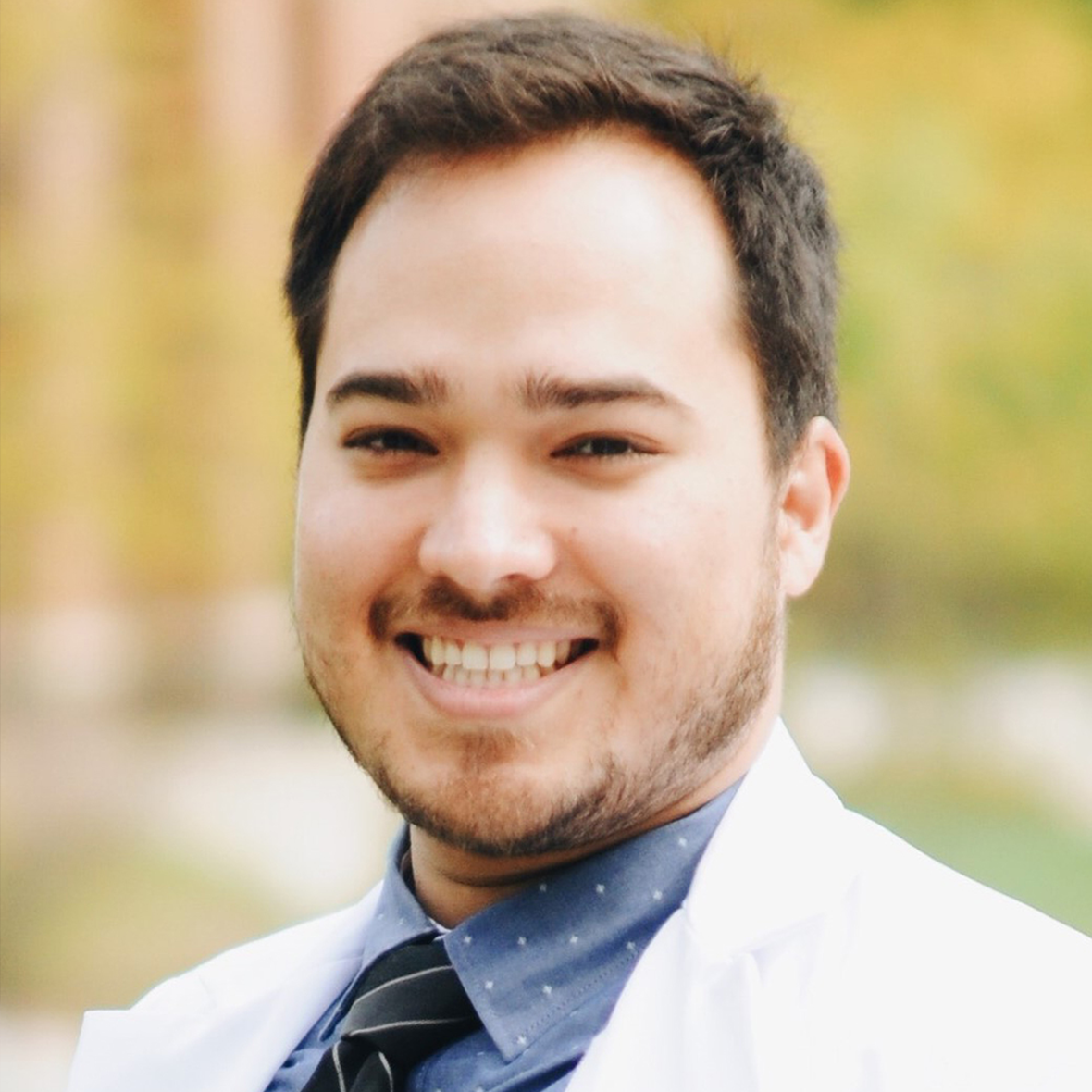School Spotlights

- Their dean created a cast known as TCC-EZ that helps offload diabetic wounds and eliminate sheer forces
- This program was developed in 2004.
- In October of 2020, this transitioned from just being a program at the university’s College of Health Sciences to its own College of Podiatric Medicine at the university.

- This school was founded in 1985.
- At this school, you can get the dual degree Doctor of Podiatric Medicine/Master of Business Administration in four years.
- This school selects third- and fourth-year students to participate in the Yucatan Crippled Children’s Project mission trips. This project is a humanitarian effort by their School of Podiatric Medicine which provides indigent crippled children from the Yucatan Peninsula of Mexico with surgical care of deformed limbs.

- CPM has one of the highest residency placement in the country with 100% of graduates placed.
- The groundbreaking curriculum is founded on a new approach to podiatric medicine based on real world case studies, non-textbook critical thinking, problem solving, and skill building in an interactive team approach.
- The program curriculum was developed by an internationally renowned team with over 85 years of podiatric medical experience.
Testimonials
Congratulations on completing 40 years of service, being the major medical malpractice insurance company of choice for podiatrists in the United States. It shows you have been around a long time and have stood by your word when you promised from the start that you were not going to go away.
I have been in practice since 1977 in Southern California. At that time, the insurance companies viewed podiatrists as more of a nuisance, something to which they were forced to offer coverage, but it was clear to most podiatrists I knew that our cases seemed to be almost secondary to them. It appeared to us as if they did not have our best interests at heart, and that they were going through the motions because they “had to.” Podiatric cases were not defended with the vigor that many of us desired. The previous major company did not want to seem to litigate, even in cases where the podiatrists had not been at fault, and it was much easier for the company to encourage settlement. Of course, that led to nuisance suits, which compounded the situation. The practice of one of the companies was the “threat” to keep the podiatrist in court for a long time if no agreement was reached, presumably because it was cheaper and easier to reach a settlement.
By 1979- 1980, when this happened to more than a couple of doctors, I spoke with a representative of a county board member, who mentioned that practices such as that were happening far too often, but that there was “something in the works.” Shortly afterward, we were informed that a company was being formed which had said they would do whatever they could to defend all legitimately defendable cases. At the same time, they offered to provide information to its members to ensure that we could practice podiatric medicine in the best way to benefit patients…by keeping better records, stressing informed consent, staying up to date on advances in medicine, etc. You have kept your word. This has resulted in minimal nuisance suits, fewer overall suits, and a very high success rate with your defense team.
Well, here it is–40 years later. It has been a partnership between doctors and insurance company that has almost been like a marriage…beneficial for both parties. Personally, I think that podiatrists have received greater benefits. Ladies and gentlemen, I want to both congratulate and thank you for your service and your dedication. It is very much appreciated.
- Michael I. Cornfield, DPM
PICA Through the Years
Click the timeline above for a larger scale view of our history.










